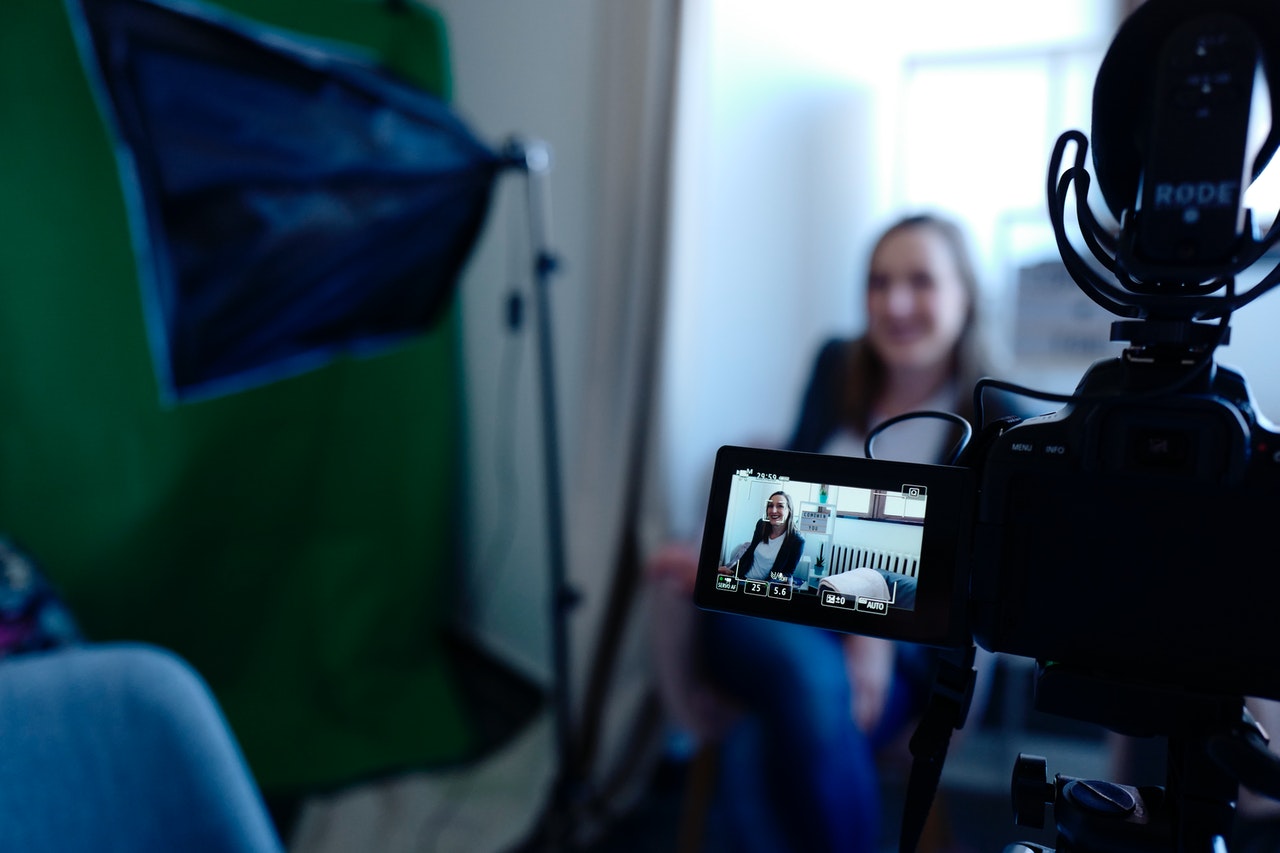
Personalization and customization are one in the same, right?
Well, not exactly. While personalization and customization share some similarities, they’re anything but identical.
As a sales and/or marketing professional, it’s critical to understand both the similarities and differences. And that’s especially true when it comes to the creation and distribution of video content.
What is Personalization?
Here’s how Susan Solovic defines personalization, as shared on the Marketo blog:
Personalized marketing gives customers a sense of identity. They cease to be one of the masses, and instead become an individual with unique wants and needs.
Personalization is all about providing a tailored experience based on an individual’s wants, needs, and behavior.
What is Customization?
Customization focuses more on modifying an existing product, service, or experience to suit a specific individual or group of individuals.
With customization, it’s the user that guides the changes. They provide guidance on the experience they’re seeking.
This is in contrast to personalization, with which you – the producer – makes changes that you feel will suit the user.
How Does This Pertain to Video?
Get this: 74% of customers feel frustrated when website content is not personalized.
And when it comes to website content, the popularity of video is on the rise (54 percent of consumers want more).
With that in mind, let’s examine examples of how personalization and customization pertain to video:
- Video customization: Choose your own adventure videos are extremely popular, as they’re powerful in regards to both engagement and providing information to the user. With this format, viewers make decisions about their journey through the video, such as by choosing a character or environment.
- Video personalization: This is all about producing a video based on information and data associated with your target audience. Examples include gender, age, location, purchase history, and online browsing trends. For instance, you could create a video targeting the 25-34-year-old demographic, with a focus on the products/services that they’ve engaged with the most in the past.

Final Thoughts on Video Personalization and Customization
By 2022, it’s projected that online videos will make up more than 80 percent of consumer internet traffic. With a number like that, it’s easy to see why a growing number of brands are turning their attention to video creation.
There’s no right or wrong way to approach video personalization and customization, but you must always remember this: these are two entirely different methods of reaching your audience.
Now that you know the differences between video personalization and customization, create a strategy that allows you to reach, engage, and sell to your audience.
Video – What is Customization?
You may be interested in: “Five ways to make effective corporate videos on a budget”

